Fruit Shed: Determine the Cause (Collins, Edmisten, & Reisig)
Many areas of NC have been impacted recently by severe heat and drought. As we’ve stated many times, when …



Due to limited staff size, we may be out of the office. Please call to ensure we are here to serve you.
El inglés es el idioma de control de esta página. En la medida en que haya algún conflicto entre la traducción al inglés y la traducción, el inglés prevalece.
Al hacer clic en el enlace de traducción se activa un servicio de traducción gratuito para convertir la página al español. Al igual que con cualquier traducción por Internet, la conversión no es sensible al contexto y puede que no traduzca el texto en su significado original. NC State Extension no garantiza la exactitud del texto traducido. Por favor, tenga en cuenta que algunas aplicaciones y/o servicios pueden no funcionar como se espera cuando se traducen.
Inglês é o idioma de controle desta página. Na medida que haja algum conflito entre o texto original em Inglês e a tradução, o Inglês prevalece.
Ao clicar no link de tradução, um serviço gratuito de tradução será ativado para converter a página para o Português. Como em qualquer tradução pela internet, a conversão não é sensivel ao contexto e pode não ocorrer a tradução para o significado orginal. O serviço de Extensão da Carolina do Norte (NC State Extension) não garante a exatidão do texto traduzido. Por favor, observe que algumas funções ou serviços podem não funcionar como esperado após a tradução.
English is the controlling language of this page. To the extent there is any conflict between the English text and the translation, English controls.
Clicking on the translation link activates a free translation service to convert the page to Spanish. As with any Internet translation, the conversion is not context-sensitive and may not translate the text to its original meaning. NC State Extension does not guarantee the accuracy of the translated text. Please note that some applications and/or services may not function as expected when translated.
Collapse ▲Many areas of NC have been impacted recently by severe heat and drought. As we’ve stated many times, when …
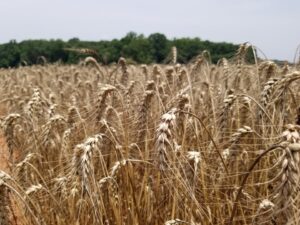
Please join us on August 22nd at 9 a.m. for a discussion on the OVT wheat data from our …

Concerned about falling grain prices? There are a few ways to lock-in a future price for your crop before …
The 2023 NC Cotton Field Day is scheduled for Thursday, September 14th, 2023, at the Upper Coastal Plains Research …
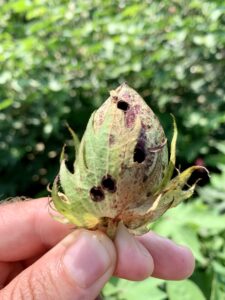
Bollworm moth catches have been ticking up across the state this week, especially in southern counties of the state. …
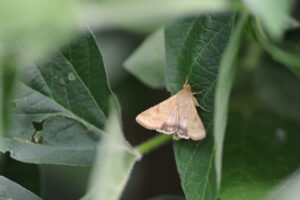
Corn earworm moth catches have been ticking up across the state this week, especially in southern counties of the …
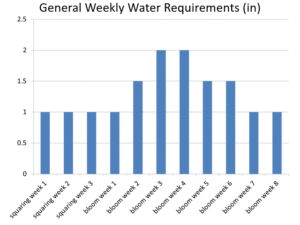
Current Crop Status: This crop is all over the board. The current crop status can vary widely from field to …

We recently published a holistic article to plan for tarnished plant bug in 2023. Since then, we have received …

As we enter squaring stage cotton, growers should be mindful of tarnished plant bug (TPB = Lygus lineolaris) movement …

The purpose of this article is to address several questions we’ve received over the last week or so. Such …

We have been fielding many calls from folks rightly worried about acephate (Orthene) control. Growers are finding thrips behind …
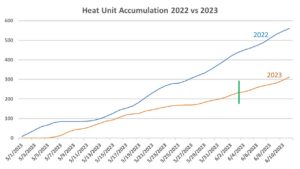
Several calls have come in over the past few days with folks expressing frustrations regarding how this cotton crop …
Article by Reisig and Huseth Several days ago, we mentioned how important it was to check insecticide efficacy for thrips …

North Carolina has a diverse set of talented field-based experts helping growers troubleshoot soybean problems that arise in the …

Article by Reisig and Huseth Cotton seedlings struggle to get established in North Carolina for many reasons. One reason is …

It looks like we will continue to have decent cotton planting weather for the remainder of the optimum cotton …

Using the right soybean planting date is one of the most important management decisions in soybean production. We have been …

We always receive a lot of questions this time of year about deformed leaflets and thrips. Any cotton grower …

The planting conditions have certainly improved thankfully ranging from very good to excellent. The only question marks we see …

The North Carolina Plant Sciences Initiative (N.C. PSI) is committed to helping growers through cutting-edge plant science innovation. NC …
Vineyard establishment involves careful planning, thorough site preparation, vineyard design, planting, and trellis construction. Unlike …
Growing Chardonnay grapes, the number one vinifera variety grown in North Carolina, can be a …
New and current grape growers will find practical information on site appraisal, establishment, and operation …
Grapes grown in North Carolina are sometimes exposed to unfavorable climatic conditions and biological pests …
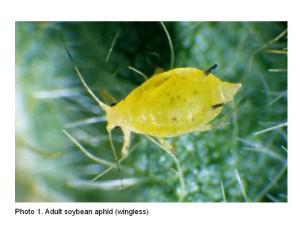
This soybean insect factsheet describes the biology, damage, and control of the soybean aphid, a …
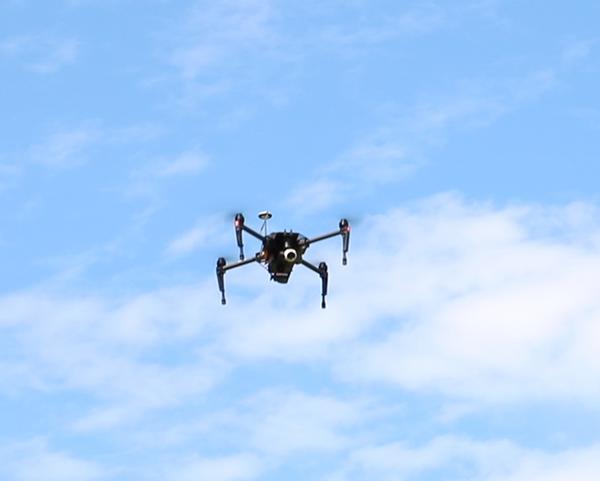
This publication discusses flying unmanned aerial vehicles (drones, model aircraft) for commercial purposes. You'll learn …
Effective frost protection methods exist, however, each year, a portion of the state's fruit and …
This online publication describes how cover crops affect the soil, how to establish cover crops, …